Request Fulfilment provides a standardized channel for standard services (a subset of the Service Catalogue, based on a target audience) and ensures its execution. It also references involved components, such as Configuration Items and informs users and customers about available services. This way it also provides feedback into the ITSM organization about new or changed business needs.
Scope
Request Fulfilment provides quick and efficient access to standard services. Therefore the productivity of employees is increased and the quality for business services ensured. It also reduced the bureaucracy while accessing those services, which reduced the costs to provide these services.
Scope and request model are aligned in cooperation with Chanage Management and Service Level Management, to fit the customer requirements. Measurements and reports for scopes and costs should be done continuously; for instance Service Level Agreements can be used to control the actual doing or increase the customer satisfaction.
Activities
Critical Success Factors
- CSF: Efficient and central delivery of service requests within defined Service Level Agreements
- KPI: Average processing time based on type
- KPI: Amount or percentage of service requests, which have been deliverd in-time (Service Level Agreements)
- KPI: First-resolution quota through Service Desk
- KPI: Amount of service requests
- CSF: Ability to fulfil requests for authorized users only
- KPI: Percentage of requests, which have been properly authorized
- CSF: Ability to ensure user satisfaction
- KPI: Average customer satisfaction
- KPI: Amount of service requests, which are still in progress (backlog)
